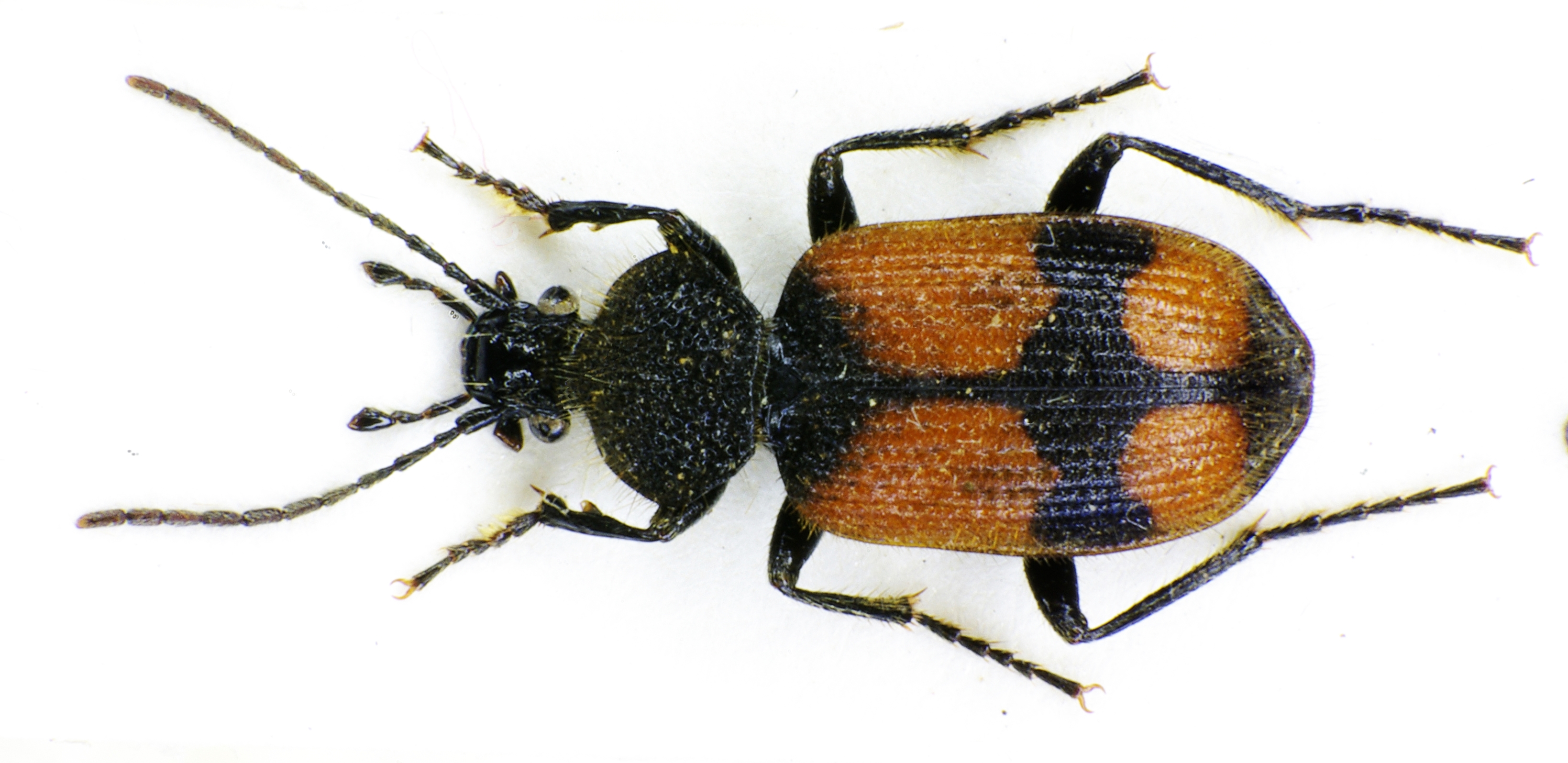|
Siagona Jenissonii
''Siagona jenissonii'' is a species of beetles in the family Carabidae. Description ''Siagona jenissonii'' can reach a length of . Body is flat with a constriction between the prothorax and mesothorax. Pronotum is densely punctured. Mandibles are short and strong. Males have quite longer trochanters than females. This species is brachypterous.Federica Talarico, Pietro Brandmayr, Anita Giglio, Alessandro Massolo, and Tullia Zetto Brandmay Morphometry of eyes, antennae and wings in three species of Siagona(Coleoptera, Carabidae)/ref> Biology These carabids have a stenotopic lifestyle. They live in ground fissures and in darkness for most of their life. They are nocturnal hunters of ants. Distribution This species is present in southern Spain, in Portugal and on the coast of Morocco. References Beetles described in 1826 Siagoninae {{Carabidae-stub ... [...More Info...] [...Related Items...] OR: [Wikipedia] [Google] [Baidu] |
Pierre François Marie Auguste Dejean
Pierre François Marie Auguste Dejean (; 10 August 1780 – 17 March 1845), was a French soldier and entomologist. Dejean described a large number of beetles in a series of catalogues. A soldier of fortune during the Napoleonic Wars, he rose to the rank of lieutenant general and ''aide de campe'' to Napoleon. He amassed vast collections of Coleoptera, some even collected on the battlefield at Battle of Waterloo, Waterloo. At the Battle of Alcañiz, battle of Alcanizas he took time out of battle to pick up a beetle that he pinned on to cork on the inside of his helmet. After victory, he was pleased to find the beetle intact. He listed 22,399 species in his cabinets in 1837—at the time, the greatest collection of Coleoptera in the world. In 1802, he began publishing a catalogue of his vast collection, including 22,000 species names. Dejean was an opponent of the Principle of Priority in International Code of Zoological Nomenclature, nomenclature. "''I have made it a rule alway ... [...More Info...] [...Related Items...] OR: [Wikipedia] [Google] [Baidu] |
Beetle
Beetles are insects that form the Taxonomic rank, order Coleoptera (), in the superorder Holometabola. Their front pair of wings are hardened into wing-cases, elytra, distinguishing them from most other insects. The Coleoptera, with about 400,000 described species, is the largest of all orders, constituting almost 40% of described arthropods and 25% of all known animal species; new species are discovered frequently, with estimates suggesting that there are between 0.9 and 2.1 million total species. However, the number of beetle species is challenged by the number of species in Fly, dipterans (flies) and hymenopterans (wasps). Found in almost every habitat except the sea and the polar regions, they interact with their ecosystems in several ways: beetles often feed on plants and fungi, break down animal and plant debris, and eat other invertebrates. Some species are serious agricultural pests, such as the Colorado potato beetle, while others such as Coccinellidae (ladybirds or ... [...More Info...] [...Related Items...] OR: [Wikipedia] [Google] [Baidu] |
Carabidae
Ground beetles are a large, cosmopolitan family of beetles, the Carabidae, with more than 40,000 species worldwide, around 2,000 of which are found in North America and 2,700 in Europe. As of 2015, it is one of the 10 most species-rich animal families. They belong to the Adephaga. Members of the family are primarily carnivorous, but some members are herbivorous or omnivorous. Description and ecology Although their body shapes and coloring vary somewhat, most are shiny black or metallic and have ridged wing covers ( elytra). The elytra are fused in some species, particularly the large Carabinae, rendering the beetles unable to fly. The species '' Mormolyce phyllodes'' is known as violin beetle due to their peculiarly shaped elytra. All carabids except the quite primitive flanged bombardier beetles (Paussinae) have a groove on their fore leg tibiae bearing a comb of hairs used for cleaning their antennae. Defensive secretions Typical for the ancient beetle suborder A ... [...More Info...] [...Related Items...] OR: [Wikipedia] [Google] [Baidu] |
Brachypterous
Brachyptery is an anatomical condition in which an animal has very reduced wings. Such animals or their wings may be described as "brachypterous". Another descriptor for very small wings is microptery. Brachypterous wings generally are not functional as organs of flight and often seem to be totally functionless and vestigial. In some species, however, flightless wings may have other functions, such as aposematic display in some Orthoptera and Phasmatodea. Brachyptery occurs commonly among insects. An insect species might evolve towards brachyptery by reducing its flight muscles and their associated energy demands, or by avoiding the hazards of flight in windy conditions on oceanic islands, in which flying insects are prone to drowning. Brachyptery also is common in ectoparasitic insects that have no use for wings, and inquiline insects with socially parasitic life strategies that do not require functional wings. '' Pterostichus melanarius'' is an example of an insect beetle speci ... [...More Info...] [...Related Items...] OR: [Wikipedia] [Google] [Baidu] |
Beetles Described In 1826
Beetles are insects that form the order Coleoptera (), in the superorder Holometabola. Their front pair of wings are hardened into wing-cases, elytra, distinguishing them from most other insects. The Coleoptera, with about 400,000 described species, is the largest of all orders, constituting almost 40% of described arthropods and 25% of all known animal species; new species are discovered frequently, with estimates suggesting that there are between 0.9 and 2.1 million total species. However, the number of beetle species is challenged by the number of species in dipterans (flies) and hymenopterans (wasps). Found in almost every habitat except the sea and the polar regions, they interact with their ecosystems in several ways: beetles often feed on plants and fungi, break down animal and plant debris, and eat other invertebrates. Some species are serious agricultural pests, such as the Colorado potato beetle, while others such as Coccinellidae (ladybirds or ladybugs) eat aphids ... [...More Info...] [...Related Items...] OR: [Wikipedia] [Google] [Baidu] |


